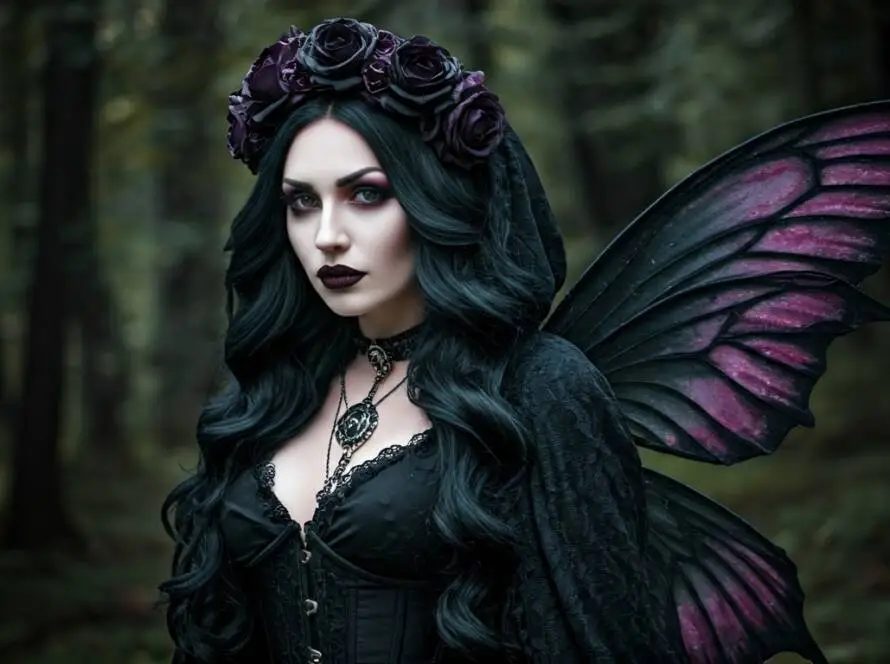Haunted houses and ghost stories are integral to Halloween traditions and have a long history reflecting cultural beliefs about the supernatural. Here’s a closer look at both:
Origins: The concept of haunted houses can be traced back to ancient beliefs in spirits and the afterlife. Many cultures have stories of places where spirits linger, often tied to tragic events or significant historical figures.
Modern Haunted Houses: In contemporary times, haunted houses have evolved into popular attractions, especially during Halloween. These can range from professional haunted house experiences in abandoned buildings or theme parks to home-based haunted attractions created by enthusiasts.
Elements of Haunted Houses:
- Scare Tactics: Haunted houses often use a combination of visual effects, sound effects, and live actors to create a frightening atmosphere. Common themes include ghosts, monsters, and other supernatural entities.
- Interactive Experiences: Many haunted houses encourage audience participation, allowing visitors to explore the space and encounter scares at their own pace.
- Cultural Themes: Some haunted houses incorporate local legends, folklore, or historical events, making the experience unique to the area.
Famous Haunted Locations: Some locations are renowned for their haunted status, such as the Winchester Mystery House in California, the Stanley Hotel in Colorado, and the Eastern State Penitentiary in Pennsylvania. These sites often offer tours that delve into their haunted histories.
Ghost Stories
Cultural Significance: Ghost stories have been told for centuries across cultures to explain the unknown, teach moral lessons, or entertain. They often reflect societal fears and beliefs about death and the afterlife.
Common Themes:
- Revenge or Unfinished Business: Many ghost stories feature spirits who have unresolved issues or seek revenge for wrongs done to them in life.
- Tragic Love: Stories of lovers separated by death often lead to hauntings, where one spirit remains to mourn the other.
- Historical Figures: Some ghost stories involve famous historical figures, with tales of their spirits lingering in places they once inhabited.
Storytelling Traditions: Ghost stories are often shared around campfires, during sleepovers, or at Halloween gatherings. Storytelling can create a communal experience, heightening the suspense and fear.
Literature and Media: Ghost stories have been popularized in literature, with authors like Edgar Allan Poe and Shirley Jackson crafting chilling tales. Modern media, including movies and television shows, continue to explore ghostly themes, contributing to the fascination with the supernatural.
Conclusion
Haunted houses and ghost stories engage with themes of fear, death, and the unknown. They provide entertainment and a sense of thrill, especially during the Halloween season, while connecting us to cultural traditions and shared human experiences. Whether through a spooky attraction or a chilling tale, the allure of the haunted continues to captivate audiences worldwide.
Disclaimer:
The information provided in this blog is for informational purposes only and should not be considered professional advice. While we strive to provide accurate and up-to-date information, we make no guarantees about the completeness or reliability of the content. Any actions you take based on the information in this blog are at your own risk. Additionally, this blog may contain affiliate links, and we may earn a commission from purchases made through those links.



